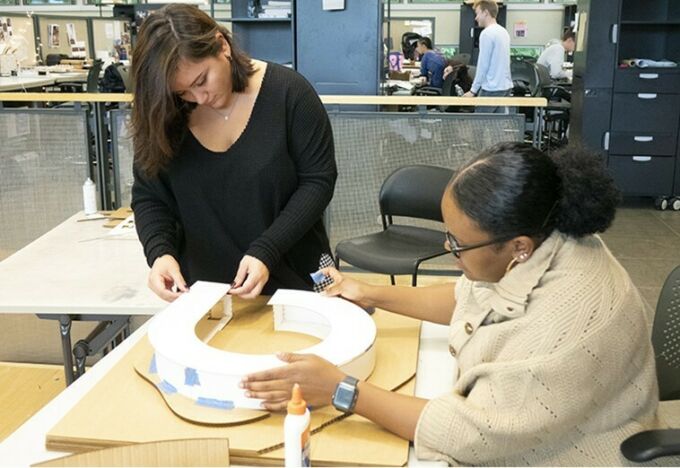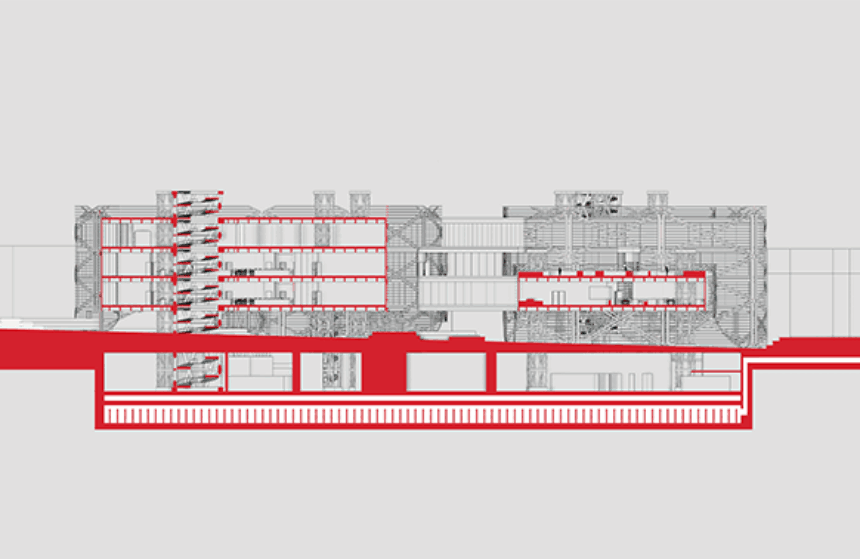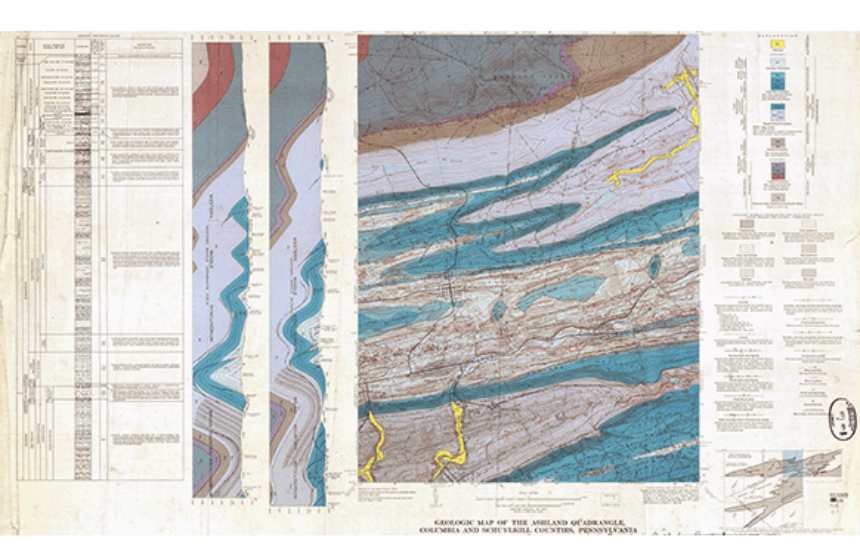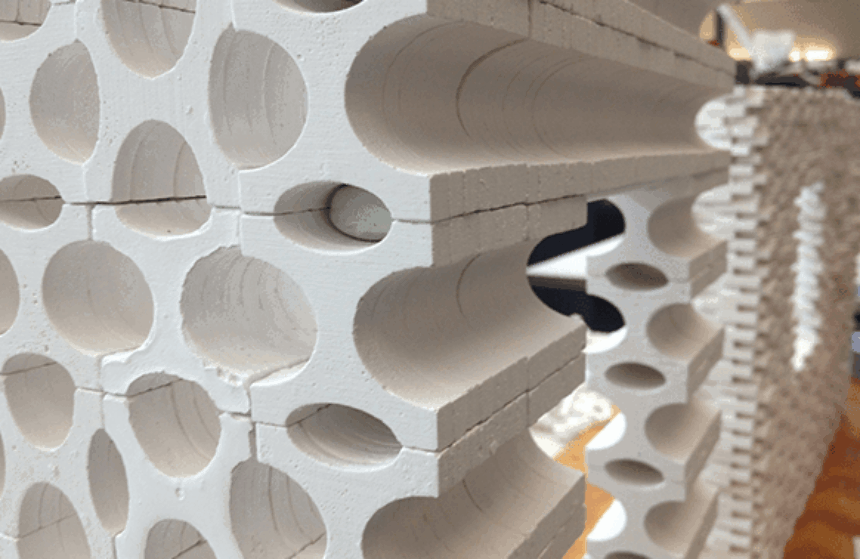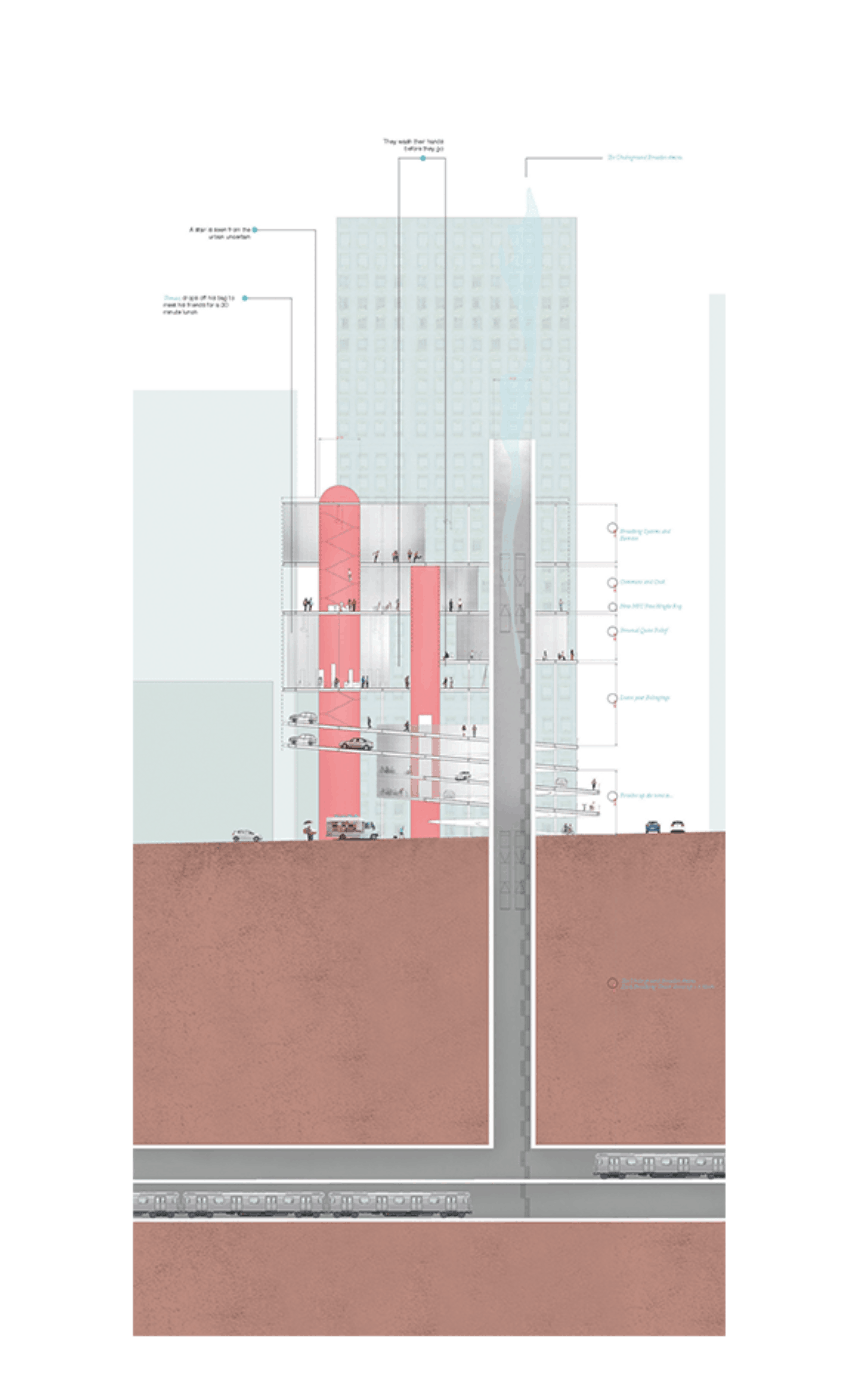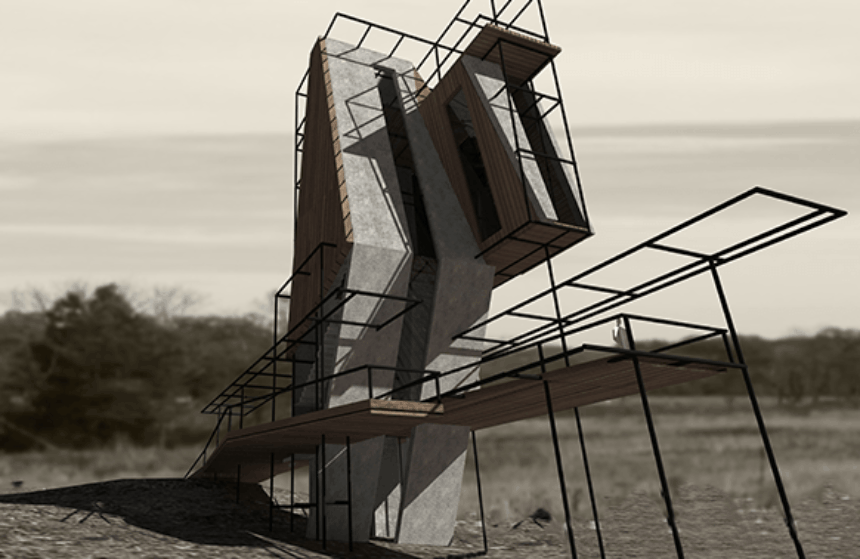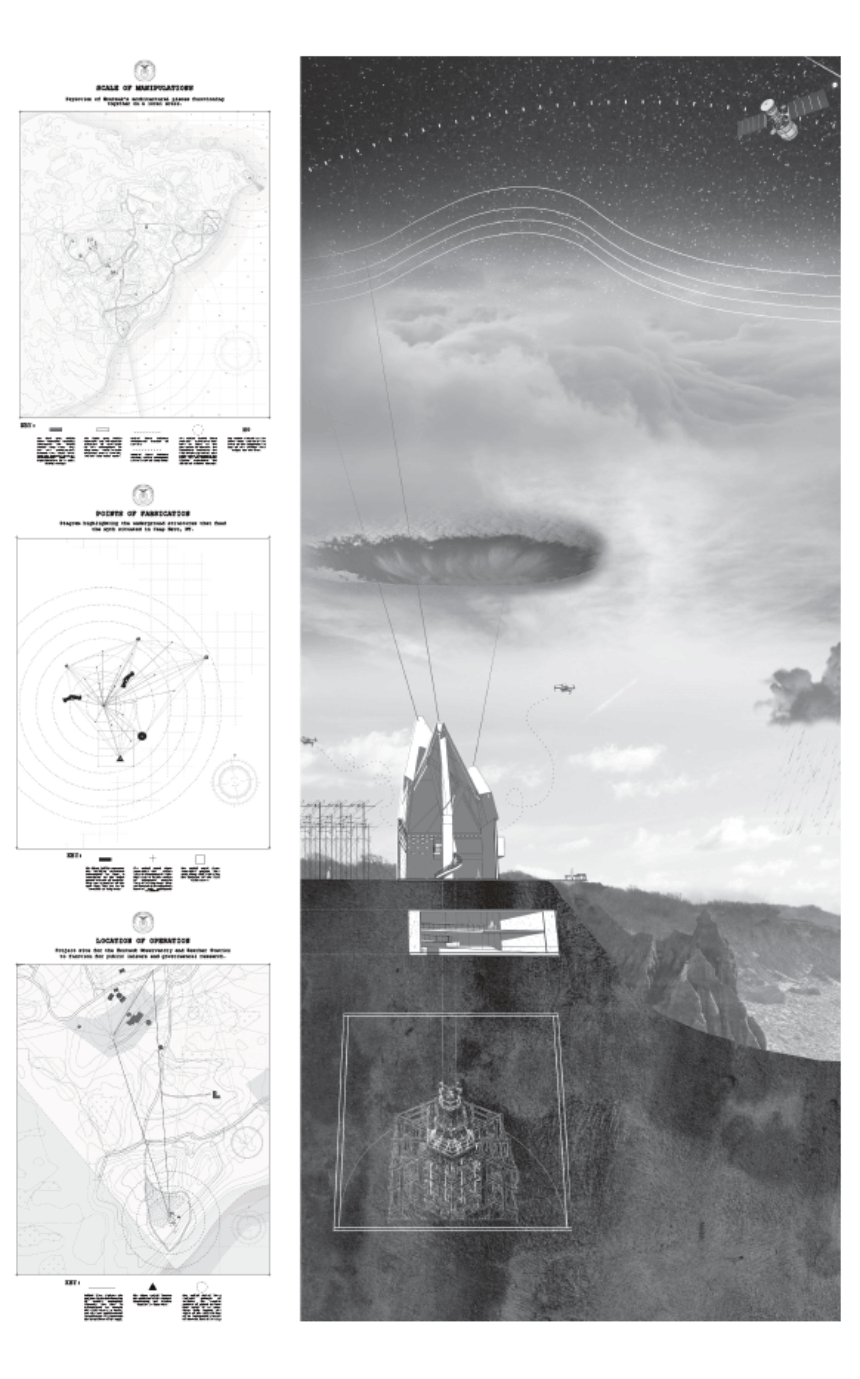
Architecture, B.Arch.
B.Arch. in Architecture
Design. Innovate. Make. Build a better future.
The scope of architecture goes well beyond designing buildings–it is about improving human life. The five-year professional Bachelor of Architecture program at Penn State blends traditions and new ways of drawing, model-making, community outreach, public service, and hands-on construction to prepare our students for future leadership roles in architecture and design.
Earn a Bachelor of Architecture at Penn State
The B.Arch. program is the fastest route to an accredited degree, allowing students to pursue licensure after completing the required internship.
Consistently ranked as a leading architecture program in the United States, the B.Arch. curriculum at Penn State is accredited by the National Architecture Accrediting Board (NAAB). Students enter directly into the program, meaning there are no gateways or quotas, and design instruction begins on day one.
The program is housed in the Stuckeman Family Building with expansive light-filled studio spaces that foster student and faculty interaction. Our studios provide a secure environment for our students on campus and allows them to learn closely from peers and faculty alike.
While we are a supportive and inclusive community, students receive all of the benefits of attending a Tier-1 research university including access to top-notch facilities, resources, and equipment as well as to electives, minors, clubs, spectator and intramural sports, the performing arts, and other activities. The opportunities are virtually endless.
Next Steps
Is the B.Arch. right for you?
Not only is our program designed to produce the next generation of architects and designers of the built environment, it is also structured to provide students with opportunities for discovery and interdisciplinary scholarship.
With a required semester of study abroad in Rome or Copenhagen or other available options, our B.Arch. students learn to think of design–and life–on a global scale. They are exposed to new cultures, new environments, new ways of thinking about design and their place in the world.
The relationships our faculty have cultivated through their research and practice also allows our students to work with industry and practicing professionals, as well as peers and faculty from a variety of disciplines–from engineering and environmental science to art and the social sciences. Learn more about our Studio Culture.
Many U.S. states and territories require professional licensure/certification to be employed. If you plan to pursue employment in a licensed profession after completing this program, please visit the Professional Licensure/Certification Disclosures by State interactive map.
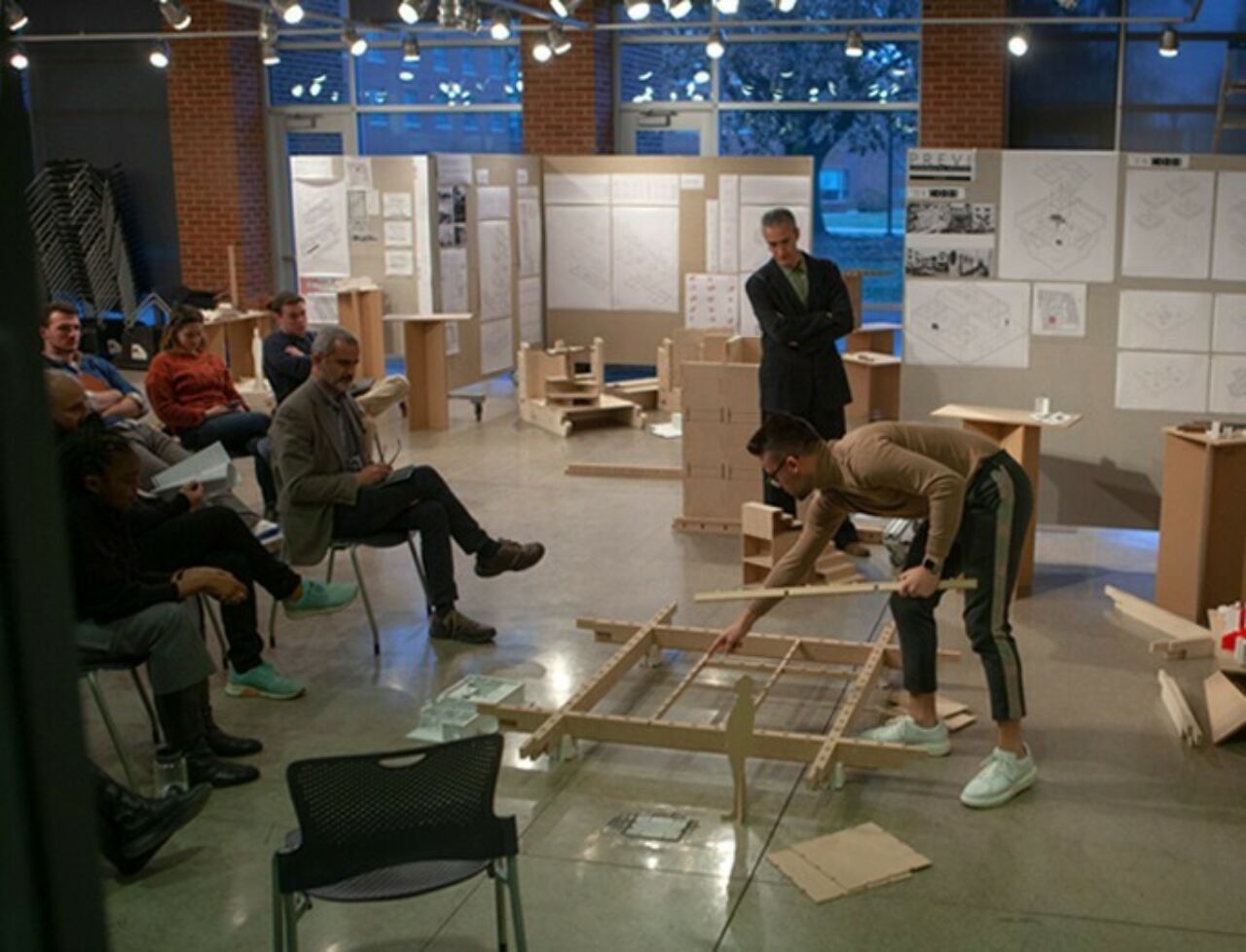
Level Up
Explore these opportunities; make the most of your education at Penn State.
Required semester abroad options
- Rome
Students will be taking courses at The Pantheon Institute, which is located in the two most revered piazzas in all of Rome, Piazza Del Collegio Romano and Piazza della Rotonda. They will be housed in an institutional complex at Santa Maria in Cappella in Trastevere. - Copenhagen
Copenhagen matches 16th-century architecture with modern and inventive urban spaces–well-planned bike lanes, harbor baths, skate parks, food markets, and more.
Optional summer program
- Korea/Japan
Students will experience contemporary urban life in two of the world’s most populated cities in Tokyo and Seoul, and gain first-hand exposure to non-western architectural traditions and construction technologies in East Asia.
B.Arch. students often minor in the following
- Residential Construction Minor
Helps students to increase their competitiveness in the marketplace. - Architectural History Minor
Designed for students interested in exploring architectural history from various viewpoints. - Sustainability Leadership Minor
Designed for students who wish to promote environmental, social, and economic sustainability. - Entrepreneurship and Innovation Minor
Students learn to understand aesthetic value and what drives people to consume aesthetic products
Get involved in our student groups, including
- Alpha Rho Chi
Co-ed professional fraternity dedicated to architecture and the allied arts. - American Institute of Architecture Students
Provides programs, information, and resources on issues critical to B.Arch. students. - National Organization of Minority Architecture Students
Student branch of the National Organization of Minority Architects. - Digi Digits
Dedicated to improving, designing, and 3D printing prosthetics for children. - Students for Environmentally Enlightened Design
For students passionate about sustainable design.
Design your career at Penn State.
Architectural Registration Exam pass rates above national average in all six divisions.
- Ranked in the top 20 of DesignIntelligence B.Arch. rankings since inception.
- Annual Stuckeman School Career Day boasts 81 companies from 13 states.
- Thirty-six faculty members with various awards, backgrounds, practices, and specialties.
- On-site wood and metal shop and digital fabrication resources.
- Access to renowned design leaders in Stuckeman School Lecture and Exhibit Series.
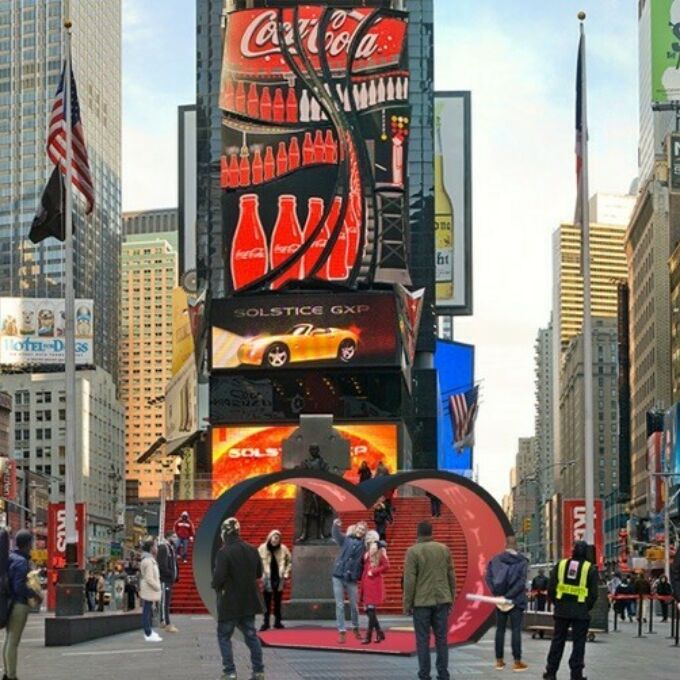
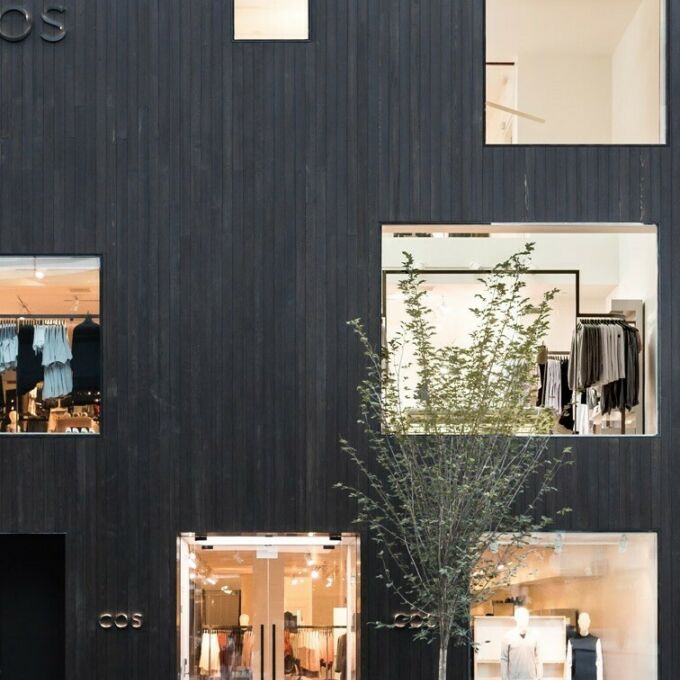

alumni spotlight
Samantha Josaphat
“My Penn State education has influenced my career by developing me into a global citizen, through exposure to different people, resources, industries, cultures, and places.”
Samantha Josaphat is an architect and the founder of STUDIO 397 Architecture. Part of the mere 0.3 percent of black female architects registered in the United States, she is the 397th living black female architect to be licensed. Samantha entered the Penn State Architecture program in 2007, and by 2012, she had traveled to ten countries, become a member of the Arts and Architecture Student Council, and founded the Penn State student chapter of the National Organization of Minority Architecture Students (NOMAS). While at Penn State she built herself a valuable network of resources that continues to shape her path to success. Samantha is the 2019 president of the New York chapter of the National Organization of Minority Architects. Learn more about how Samantha's firm is impacting the narrative of black female architects in this video.


faculty spotlight
Alexandra Staub
Sandra Staub's research focuses on how our built environment shapes, and is shaped by, our understanding of culture. As a member of the Department of Architecture’s Culture, Society and Space Research Cluster, Staub has supervised research projects that have examined cultural aspects of housing and urban spaces in countries as diverse as the United States, Russia, China and Iran. Her recent book, "The Routledge Companion to Modernity, Space and Gender," looks at modernity in various cultural contexts, how this concept is expressed spatially through architecture and urban form, and how this has affected women in their everyday lives.
